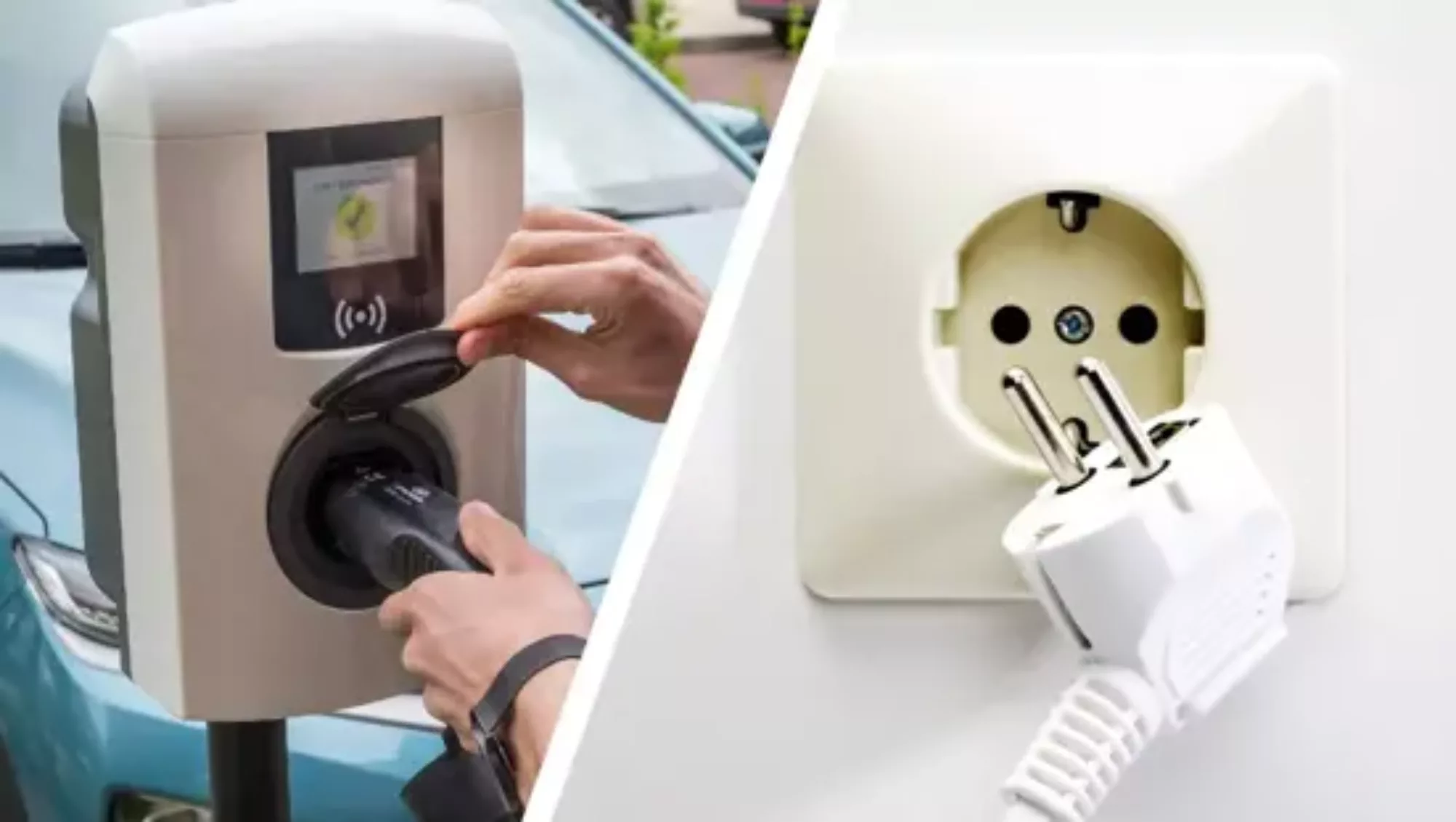As more people adopt electric vehicles (EVs), many are curious about whether it’s feasible to charge them using a standard household socket. It may seem tempting to simply plug your car in like you would a phone or laptop, but is it really practical or safe? Spoiler: It’s more complicated than you might think.
Why isn’t a household socket ideal for EV charging?
Before you plug your electric vehicle into a regular home outlet, it’s important to understand why this might not be the best approach. It’s not just about the power supply, but also safety and efficiency concerns.
Potential for overheating and overload
Household sockets are built to handle typical home appliances, not the heavy demands of EV charging. Using them for this purpose could lead to circuit overheating and, in extreme cases, pose a fire hazard. Electrical safety should never be taken lightly, and overloading the circuit can have serious consequences.
Prolonged charging times and energy loss
Besides safety concerns, using a regular socket means slow charging. For an average EV battery, it could take over 24 hours to fully charge. Moreover, this method is inefficient in terms of energy use, as a significant portion is lost as heat. In fact, a study in the UK found that charging from a standard socket can be up to 30% less efficient compared to using a dedicated charging station. This means you’ll use more electricity to achieve the same result. So unless you want your car to take all weekend to charge, a more efficient solution is the way to go.
Only use in rare cases
Given these risks, charging an EV from a household socket shouldn’t be a regular practice. It’s more of an emergency backup option, useful only for short-term, low-power charging needs. Experts advise this method only for occasional use, such as charging for a short trip or for plug-in hybrids, which require less power.
Fortunately, there are better, safer solutions for charging EVs at home.
What are the better home charging options?
If you’re looking to charge your electric car at home, several options are far more efficient and safer than using a regular socket.
Heavy-duty sockets: A safer alternative
Heavy-duty sockets are built to handle higher electrical loads than household outlets, making them a much safer choice for EV charging. Designed for both electric vehicles and plug-in hybrids, they offer up to 3.7kW of charging power—roughly three times more than a regular socket. While they significantly reduce risks like overheating or voltage overload, they still take several hours for a full charge.
Home charging station: The optimal solution
For the safest and fastest charging experience, installing a home charging station is the best option. These stations not only cut down charging time but also improve energy efficiency. With power ratings ranging from 3.7kW to 22kW, your vehicle can be fully charged in just a few hours. Installation costs vary depending on the station’s power rating and setup fees, ranging from a few hundred to several thousand euros. Despite the upfront investment, it’s worth it for those seeking a long-term, convenient solution—like upgrading from a bike to an electric scooter in terms of speed and comfort.
Beyond home charging, several other options can keep your EV powered up when you’re on the go.
Public charging stations
Public charging points are becoming more widespread, especially in urban centres and along major highways. These often offer fast charging and, in some cases, ultra-rapid options delivering up to 150kW of power. That means you can charge up to 80% of your battery in under 30 minutes. However, it’s a good idea to research your options, as prices and wait times can vary.
Charging at work
Another convenient solution is workplace charging. Many companies are now installing charging stations for their employees, driven by supportive policies and private investment in EV infrastructure. This makes it easy for workers to charge their vehicles during the day, especially if they lack home charging facilities.
In conclusion, while it may seem easy to plug your electric car into a household socket, it’s far from ideal. The safety risks and inefficiency of this method make it more sensible to opt for a home charging point or public alternatives. Investing in a proper charging station is a smart move for anyone looking to enjoy faster, safer, and more efficient EV charging.



